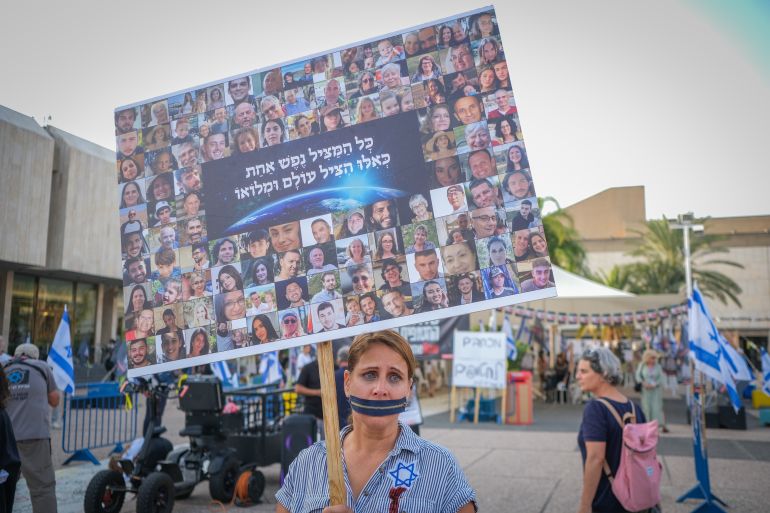Israel and Hamas have agreed to a temporary ceasefire deal, breaking the month-long deadlock in the conflict that has left Gaza in ruins and displaced thousands. The agreement, facilitated by Qatar, brings a glimmer of hope as it outlines the release of 50 captives from Gaza, including women and children, in exchange for Palestinian counterparts held in Israeli prisons. This truce comes after rigorous negotiations, reflecting the complexities and sensitivities surrounding the conflict.
The Israeli cabinet’s approval was not without controversy, highlighting the deep divisions within the government. Only three members dissented in a decision that followed heated debates, showcasing the challenges faced by Prime Minister Benjamin Netanyahu in navigating the delicate diplomatic landscape.
Acknowledging the international effort invested in this breakthrough, U.S. President Joe Biden welcomed the deal while stressing the need for full implementation. The involvement of Qatar, Egypt, and the United States signifies a collaborative approach to resolving the conflict, indicating a collective commitment to fostering stability in the region.
While the pause in hostilities provides a momentary reprieve, analysts caution against complacency. The temporary truce should be utilized as an opportunity for the international community to exert pressure on Israel and Hamas to pursue a more permanent and comprehensive resolution. As the world anticipates the commencement of the ceasefire, the focus now shifts to the delicate implementation phase and the potential for a lasting end to the protracted conflict.
The ceasefire deal, although a positive step, doesn’t signal the end of hostilities, as highlighted by Prime Minister Netanyahu’s assertion that Israel remains committed to its goals in the ongoing war. With the conflict continuing, the coming days will be crucial in determining the effectiveness of the truce and the prospects for a sustainable peace in the region.
In the backdrop of these developments, the world awaits the unfolding of events during the four-day ceasefire and the subsequent extension possibilities based on the release of additional hostages. The intricate dynamics of the Israel-Hamas conflict remain at the forefront, demanding continued attention and diplomatic efforts for a lasting resolution.















